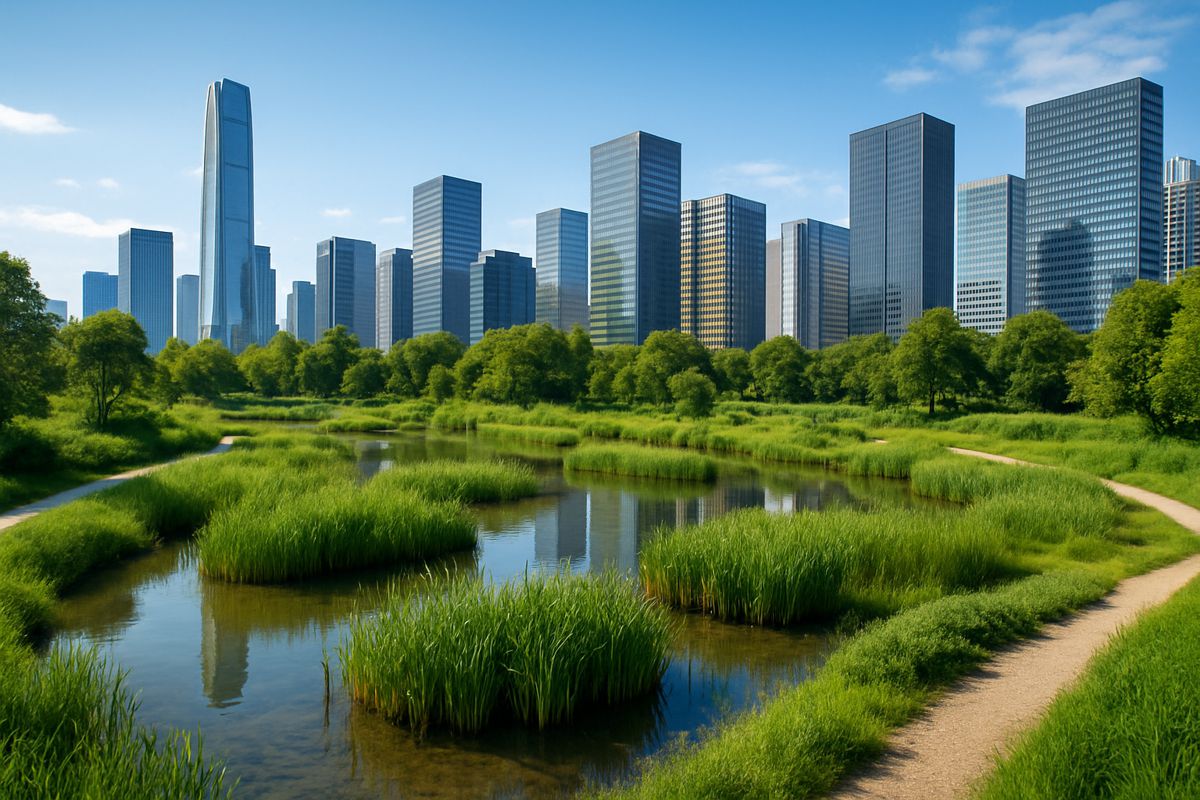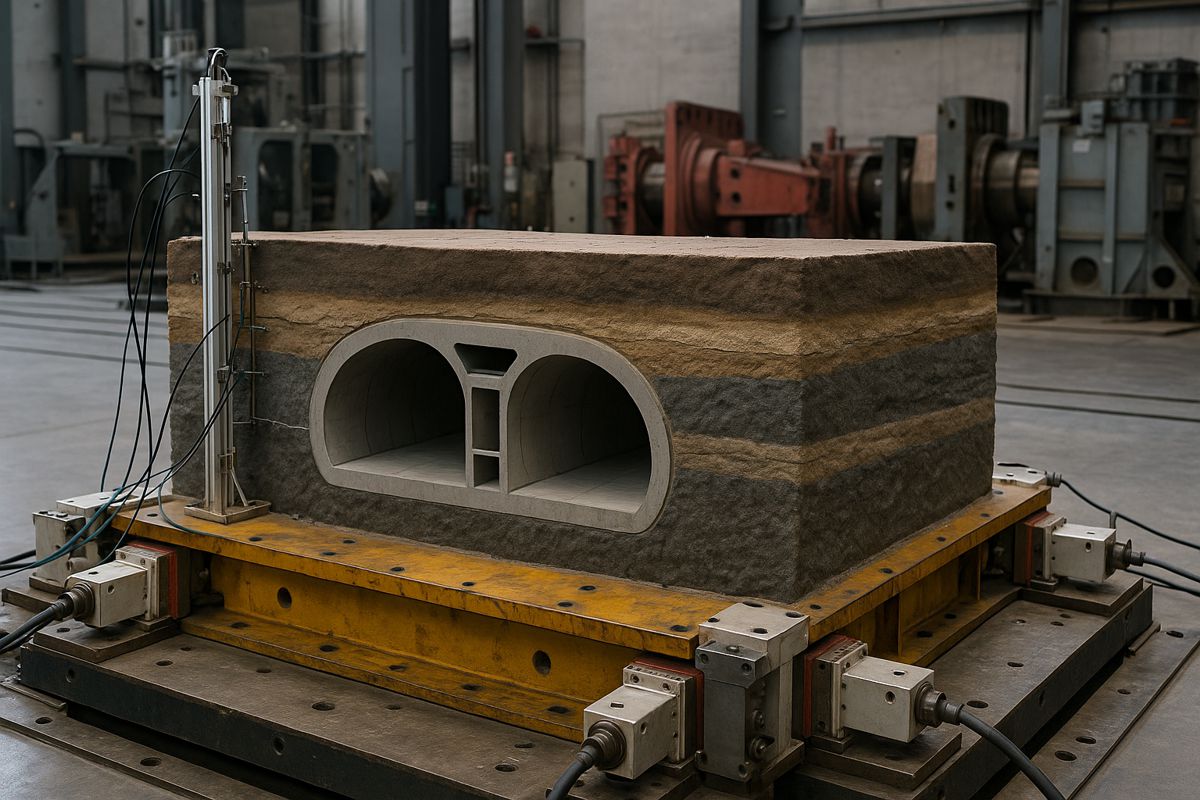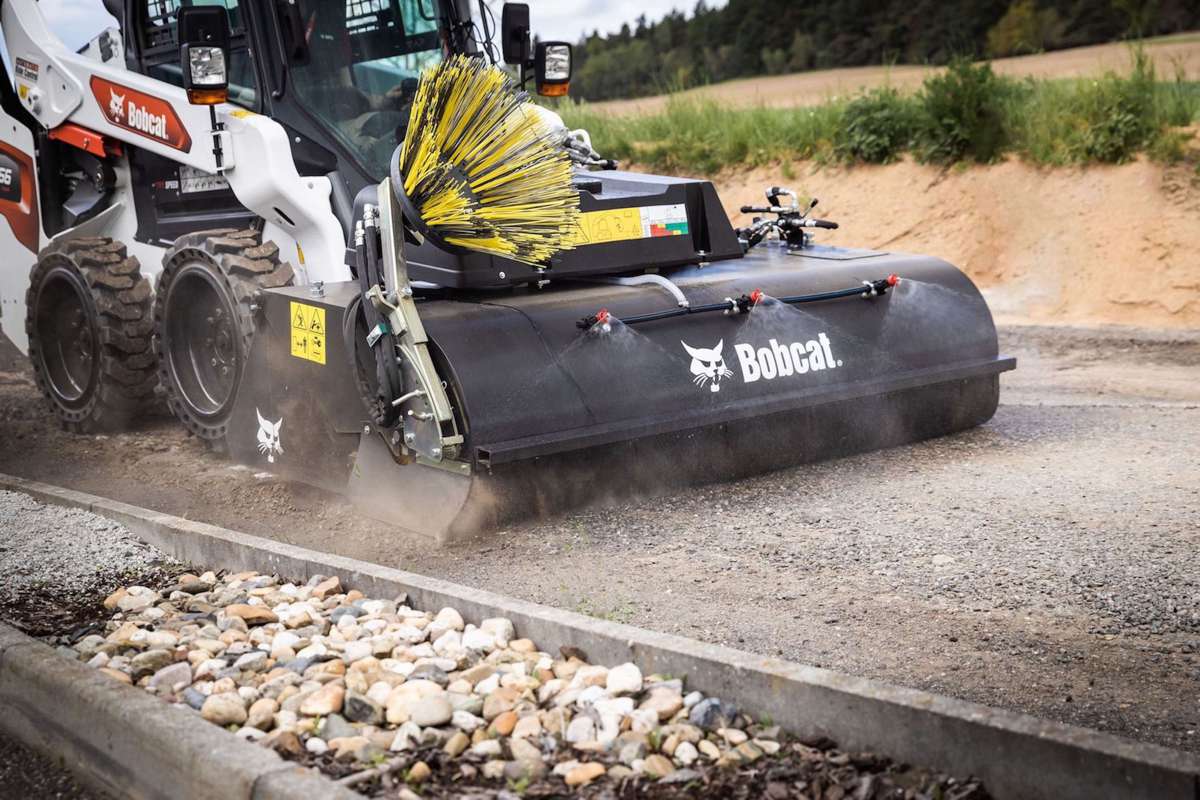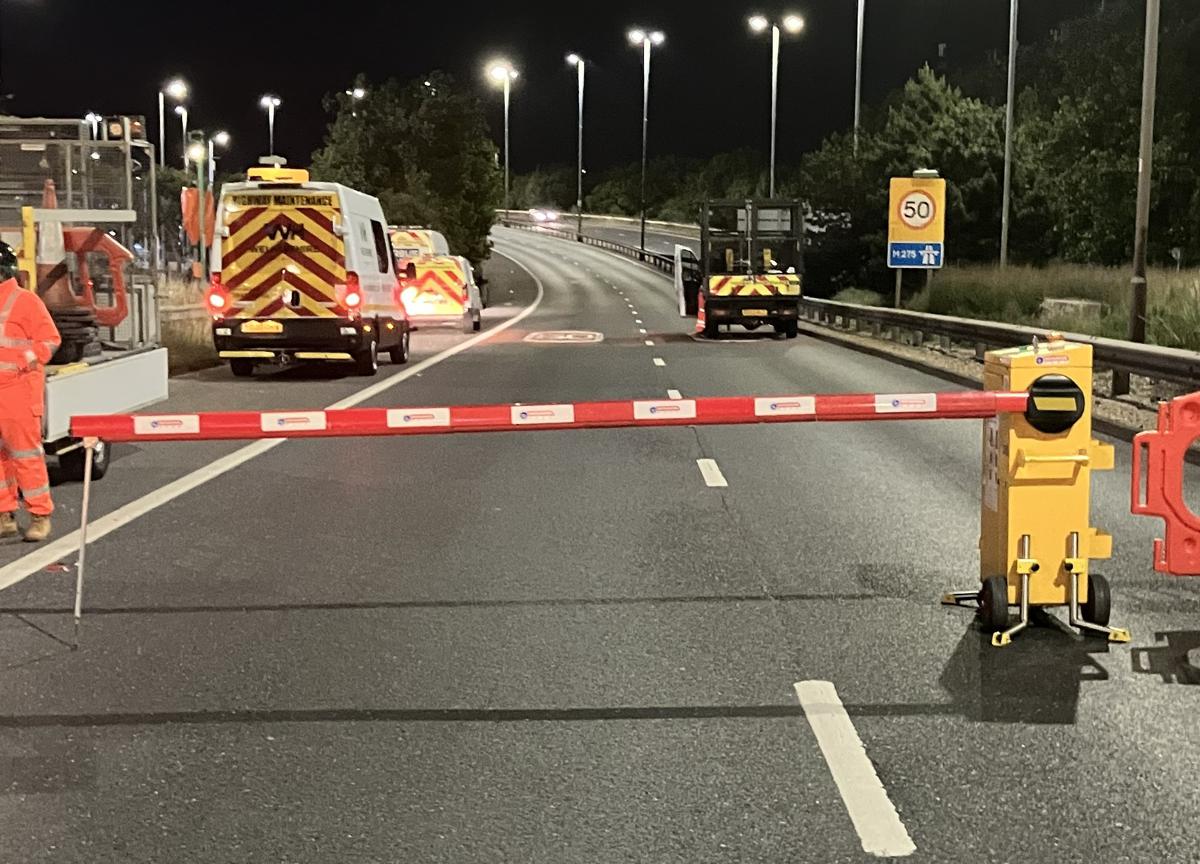How Constructed Wetlands Are Quietly Transforming City Resilience
Cities worldwide are grappling with an uncomfortable truth. Climate change is accelerating, populations are booming, and urban spaces are stretching far beyond their traditional limits. With approximately 56 percent of the global population already living in cities and that figure expected to jump to 68 percent by 2050, the pressure on natural ecosystems is intensifying. Wetlands, those remarkable natural filters and flood buffers, are shrinking, fragmented, or simply disappearing as concrete and steel claim the land.
Against this backdrop, constructed wetlands are stepping into the spotlight. As nature-inspired systems that purify water, reduce flood risk, store carbon, and nurture biodiversity, they are proving to be vital allies in reshaping sustainable and resilient cities. A rigorous new study titled Urban Constructed Wetlands: Assessing Ecosystem Services and Disservices for Safe, Resilient, and Sustainable Cities offers one of the clearest assessments yet of their value. Led by a team from Beijing Normal University, Guangdong University of Technology, and Universidade Paulista, the research dives into the performance of eight urban constructed wetlands near Beijing.
Ecosystems Built for Cities
Constructed wetlands mimic the functions of their natural counterparts, but with engineering precision tailored for modern urban landscapes. These systems filter pollutants, stabilise groundwater, and support wildlife all while sitting neatly within urban boundaries. Their growing prominence mirrors a global shift toward nature-based solutions, championed by the UN and environmental bodies as cost-effective climate defence tools.
Urban developers and planners have begun leaning heavily into such systems. According to UN-Habitat, nature-based infrastructure could deliver up to 28 trillion USD in environmental and economic benefits by 2050. As cities contend with heatwaves, storm surges, and pollution, these wetland systems are proving their worth.
The Beijing Study
The research team applied an emergy-based assessment method to evaluate each wetland’s contribution, a sophisticated approach that quantifies ecological services and environmental costs in common energy units. The findings? Every constructed wetland successfully purified wastewater, cutting levels of total nitrogen, phosphorus, and suspended solids.
More impressively, the integrated vertical subsurface flow wetland (CW-4) exhibited a purification capacity of 1.63E+14 sej/m²/yr, outperforming other systems with values of 6.78E+13 and 2.08E+13 sej/m²/yr. Put simply, CW-4 delivered the most efficient nutrient reduction performance, making it a standout choice for heavy urban wastewater loads.
Beyond filtration, the wetlands supported flood mitigation, groundwater replenishment, carbon capture, and biodiversity protection. These benefits mirror those of natural wetlands, emphasising that engineered solutions can genuinely recreate lost ecological value.
As the study notes: “All constructed wetlands effectively purify wastewater and provide valuable ecosystem services.”
Benefits Versus Trade-offs
Of course, nothing in urban planning comes without trade-offs. The research also analysed ecosystem disservices, and here the findings were candid. Constructed wetlands can emit greenhouse gases including CO₂, methane, and nitrous oxide. They also generate green waste that must be responsibly managed and can occasionally invite unwanted visitors such as mosquitoes.
Some wetlands, particularly those with open-water designs, also risk odours or minor disturbances to neighbouring communities.
However, the benefits significantly outweighed the drawbacks. The emergy ternary assessment revealed that all wetlands delivered a positive net ecological impact. CW-4 again shone brightest with a 50 percent benefit-to-cost ratio, while CW-3, the free-water surface model, demonstrated lower benefit levels of around 38 percent and higher associated impacts near 25 percent.
The study’s authors highlighted the significance of rigorous assessment: “The emergy method is a reliable tool for evaluating ecosystem services and selecting the most suitable wetland designs.”
What Urban Planners Should Know
Findings from Beijing echo wider research from Europe, North America, and Southeast Asia. In Denmark, constructed wetlands have helped remove up to 60 percent of agricultural nitrogen runoff, supporting cleaner rivers and lakes. Singapore’s Bishan-Ang Mo Kio Park, widely regarded as a global model, transformed a concrete canal into a thriving wetland corridor, cooling the city, improving water quality, and creating a biodiverse public space.
Urban wetlands offer several key advantages:
- Natural-style water treatment and stormwater control
- Habitat creation for birds, insects, and plants
- Enhanced aesthetic and recreational value
- Increased resilience against climate-driven rainfall events
- Long-term carbon storage through organic sediment build-up
With climate risk mounting, cities from London to Lagos are exploring similar systems to strengthen flood defence and enhance livability.
Technologies Enhancing Wetlands
Modern constructed wetlands are not purely analogue. Engineers now integrate:
- Smart sensors tracking nutrient levels and flow patterns
- AI-based maintenance scheduling tools
- Biochar media for enhanced nitrogen removal
- Floating treatment wetlands to boost filtration efficiency
These innovations help operators reduce maintenance costs and improve environmental performance, ensuring wetlands remain efficient and community-friendly.
Researchers are also experimenting with hybrid models that combine wetlands with advanced membrane filtration, producing potable-grade effluent in water-scarce regions.
Time to Prioritise Blue-Green Cities
Governments are increasingly backing nature-based infrastructure. China has rolled out its Sponge Cities Programme across more than 30 pilot municipalities. Europe’s Green Deal encourages blue-green infrastructure to combat urban heat and flooding. Meanwhile, the United States recently allocated billions through the Inflation Reduction Act to support climate-adaptive water systems.
With cost savings in public health alone projected to be significant, constructed wetlands tick both environmental and economic boxes.
As the research paper underscores: “Constructed wetlands support resilient cities and contribute to environmental health.”
Nature-Inspired Infrastructure Leading the Way
Urban wetlands are no longer fringe experiments. They are essential components of future cities. Their dual capability to treat water and create resilient public landscapes speaks directly to global needs. Yet success hinges on smart planning, community integration, and continual innovation.
Policymakers, city planners, and developers should take note. Scaling up wetlands could become one of the decade’s wisest investments, blending science, sustainability, and social value into a single footprint.
Building Better Cities, One Wetland at a Time
Constructed wetlands represent a quiet revolution in urban infrastructure. They offer cities a rare chance to reverse environmental damage while building greener, cleaner, and more resilient futures. As global populations climb and climate pressures intensify, such nature-driven engineering solutions will be vital.
Urban leaders face a simple question: ignore this opportunity, or embrace it and build cities that truly harmonise with nature.




















